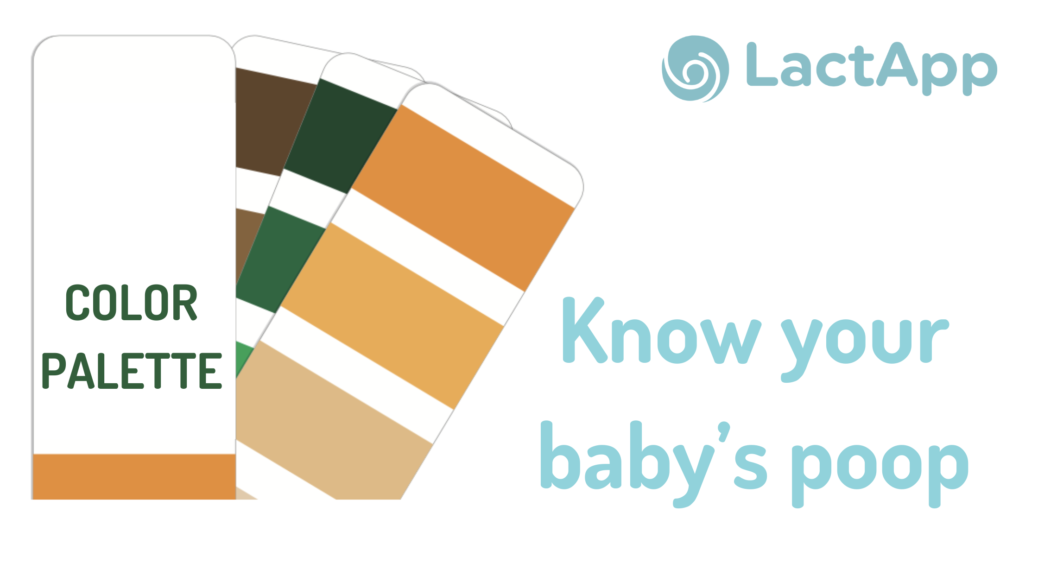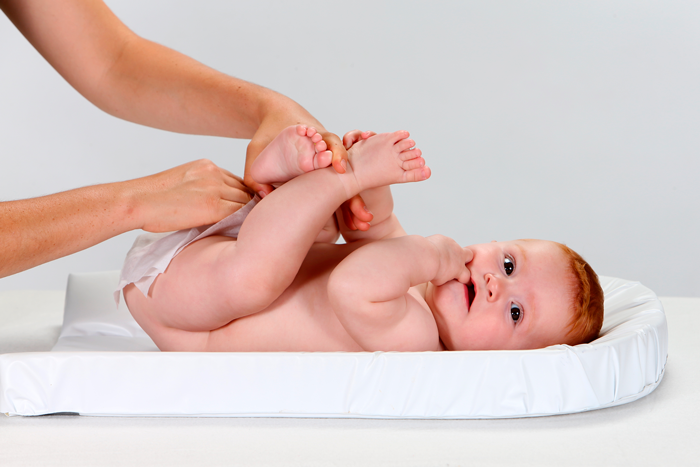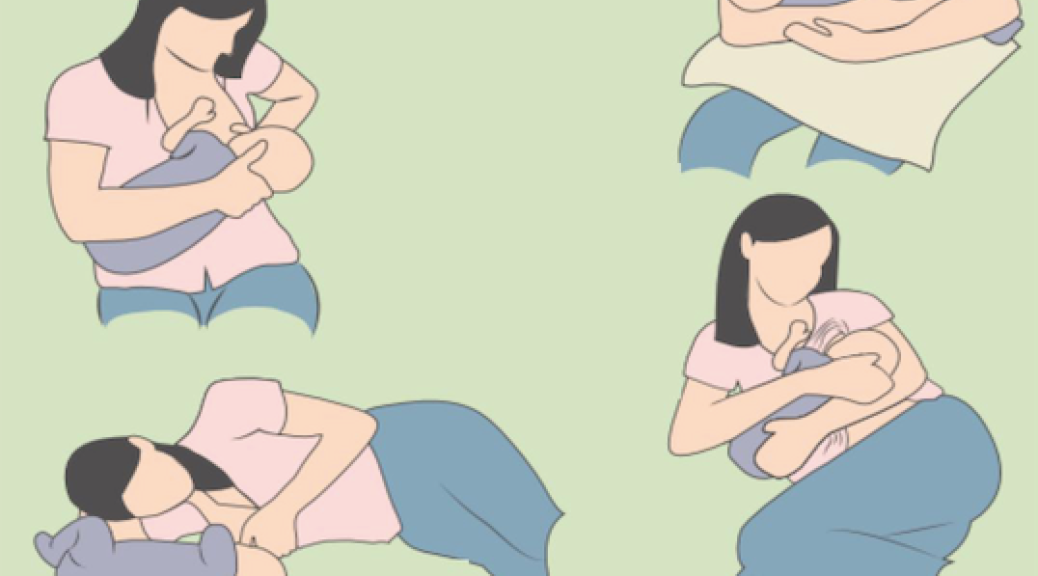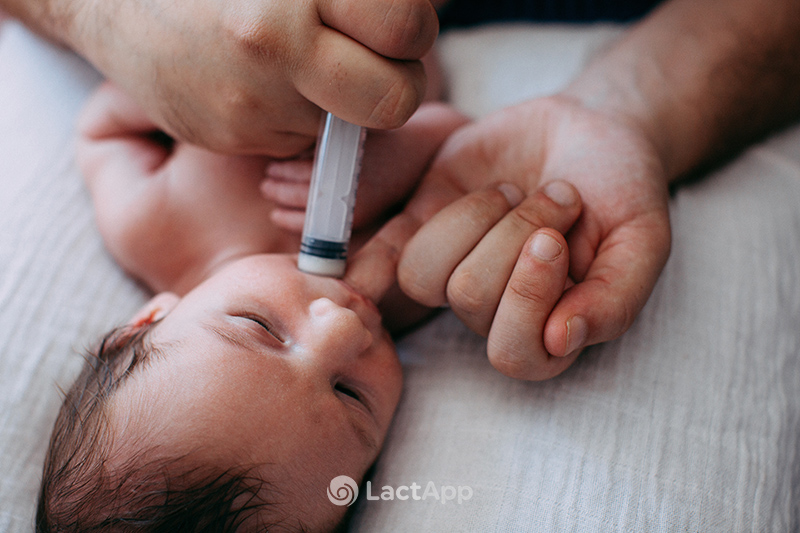Do I need to keep my baby awake at the breast?
“I put her to the breast, she is awake and eager to feed. She starts to suckle, but after two minutes or so she falls asleep. And no matter what I do, she stays asleep. What can I do to stop her from falling asleep at the breast?” All babies, up to about three months of age, seem to “fall asleep” within a few minutes of starting to nurse at the breast. This surprises most new mothers, and in addition,…









